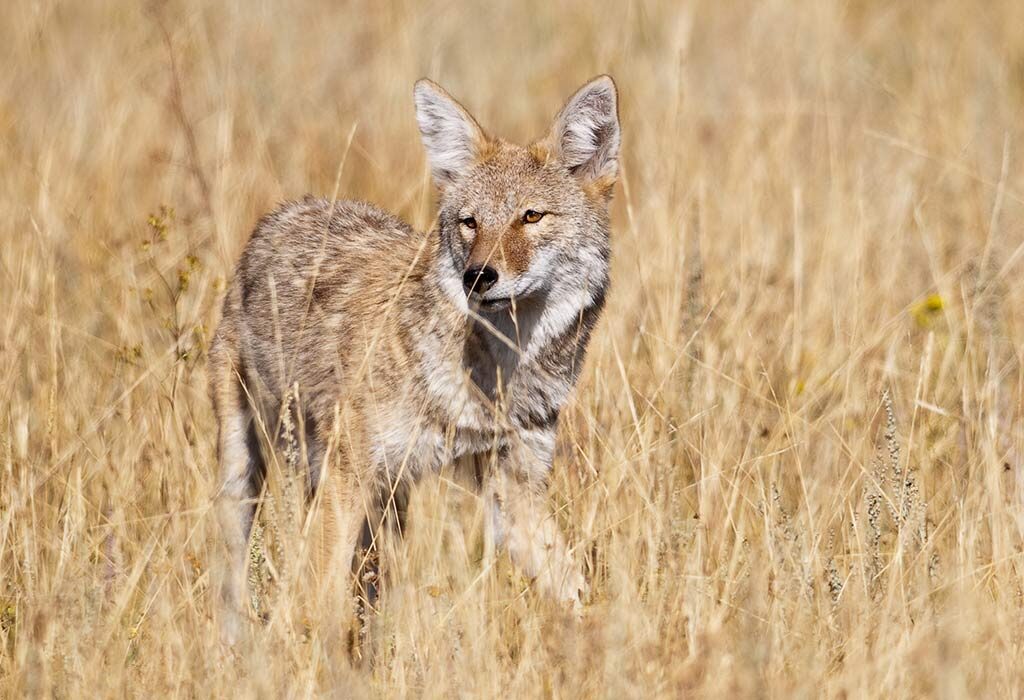Current work in wildlife, rivers, public lands, and climate
Press Releases
USDA’s Wildlife Services slaughters over 384,300 native animals in 2022
Wildlife Services—the notoriously secretive wildlife killing program housed within the USDA—routinely poisons, gasses, traps, strangles, crushes, and shoots wildlife across the country. Wildlife Services killed over 400,000 native wild animals in 2021. In 2022, the program killed 56,089 coyotes, 26,371 beavers, 2,432 foxes, 515 bobcats, 450 black bears, 219 gray wolves, 205 mountain lions, and 7 federally protected grizzly bears, among many others. Wildlife Services also gassed over 200 coyote burrows and dens, killing an unknown number of pups.
The 2022 numbers remained mostly consistent with prior years, demonstrating that lethal management of most non-avian native species did not meaningfully decrease, despite widespread calls for coexistence instead of killing, and an abundance of scientific literature showing that non-lethal methods are often more effective for managing conflicts like those between livestock and native carnivores.
“Wildlife Services continues to green-light the mass slaughter of native animals while we teeter on the brink of the sixth mass extinction,” said Lizzy Pennock, carnivore coexistence attorney at WildEarth Guardians. “The 2022 data report lays bare the federal government’s ongoing prioritization of private profit over the lives of our native wildlife species and our environment.”
The 2022 report also reveals that Wildlife Services killed 2,631 animals “unintentionally.” Wildlife Services’ unintentional kills include a golden eagle, six gray wolves, two bighorn sheep, four black bears, and 23 bobcats. The program continues to use many indiscriminate killing methods, including M-44 “sodium cyanide bombs,” traps, and snares, although they are well known to greatly increase the risk of death for myriad wildlife species including those that are federally protected, and family pets.
Much of the program’s carnivore killing in the west is related to livestock-carnivore conflict or the potential for conflict. Yet, federal land management agencies like the U.S. Forest Service and the Bureau of Land Management continue to permit livestock grazing on public lands in known carnivore habitat—including places where conflict ensues year after year—with no requirements for non-lethal coexistence measures to reduce or prevent conflict.
“Federally permitted livestock grazing on federal public lands too often results with retaliatory killing of native carnivores after conflicts that are largely preventable. The federal land management agencies must build livestock-carnivore coexistence measures into the grazing regime where conflicts are likely—or stop grazing,” said Pennock.
WildEarth Guardians is currently in active litigation against Wildlife Services, challenging its predator killing programs in Montana and Nevada. Generally, both lawsuits challenge the program’s plans to kill thousands of native species in each state without proper environmental analysis. Additionally, the lawsuit against Montana-Wildlife Services alleges violations of the Endangered Species Act for killing or otherwise harming grizzly bears.
“It’s both heartbreaking and infuriating to see the amount of resources spent killing native wildlife species in comparison to resources spent protecting and restoring them,” said Lindsay Larris, wildlife program director for WildEarth Guardians. “The American public appreciates wildlife and their roles in functional ecosystems. The disconnect between how the public values wildlife and the federal government’s continued slaughter of them should raise alarm bells for everyone.”

Coyote in field. Photo by Sam Parks.